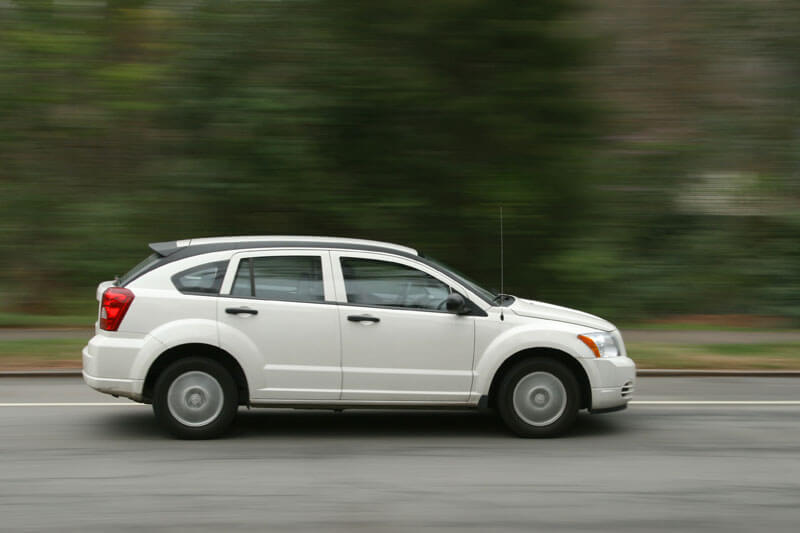If you often pay attention to the automotive industry, then you must be familiar with the two words power and torque. They are both important components of automobile engine parameters, and they are also two concepts that many people find difficult to understand. Therefore, this torque vs. power guide appeared. It aims to clarify the difference between power and torque for you, and help you understand the power and torque in the field of electric bicycles, that is, e-bike torque vs. watts.

What is Torque?
Torque is a measure of the rotational or twisting force exerted on an object, usually in the case of a rotating shaft or wheel. It is a vector, meaning it has both magnitude and direction. Simply put, torque is the force that causes an object to rotate about its axis.
Torque is critical in various mechanical systems such as engines and electric motors. For example, in the case of an engine, torque is the twisting force the engine exerts on the crankshaft, which ultimately drives the vehicle's wheels. High torque is often required for tasks such as accelerating a vehicle, climbing hills, or lifting heavy objects.
What is Power?
Power is a measure of the rate of work done or the rate of energy transfer or conversion. In other words, power is the energy consumed or work done in a given time, which represents how quickly or slowly energy is used or produced. The higher the power, the faster the work or energy transfer.
In the International System of Units (SI), the unit of power is the watt (W), defined as one joule per second. In the automotive and machinery industries, a commonly used unit of power is horsepower. In many cases, when people talk about torque vs. power, they actually mean torque vs. horsepower.
Torque VS Power: Difference Between Power and Torque
What is the difference between torque and horsepower? The difference between torque and horsepower or power and torque is mainly reflected in the following aspects.
1. Representation
- Horsepower: Horsepower is a measure of the total power output of an engine, including force (torque) and speed when doing work, which is related to maintaining high speeds or achieving rapid acceleration.
- Torque: Torque represents the engine's ability to do work, especially in tasks involving rotation or twisting.
2. Unit
- Horsepower: Horsepower (hp) is a unit of measurement of power, or the rate at which work is done, usually in reference to the output of engines or motors.
- Torque: Torque is measured in pound-feet or Newton-meters.
3. Load
Machines with higher horsepower (or power) will accelerate faster and have a higher maximum speed limit, but will not be able to handle any heavy loads. However, a vehicle with higher torque will be much slower but will be able to handle a larger amount of heavy load than a vehicle with higher horsepower.
Power and Torque in Electric Bikes: E-bike Torque VS Watts
In the context of electric bikes (e-bikes), the concepts of torque and power are still relevant, but there are some differences compared to traditional internal combustion engine vehicles. Here are the main differences between torque and power in e-bikes, which can also be said as e-bike torque vs. watts.
Tips: To know the differences between e-bikes and cars, you can jump to the page E-bike vs Car: Costs, Benefits, and Lifestyle Fit>>

1. Definition
- Torque: Torque in an e-bike refers to the rotational force produced by the electric motor. It represents the motor's ability to turn a bicycle wheel and is critical for tasks such as accelerating from a standstill, climbing hills, or overcoming resistance.
- Power (Watts): The power of an e-bike is the rate at which work is done or energy is transferred. In e-bikes, power is the product of motor torque and rotational speed (RPM).
2. Importance
- Torque: E-bikes require high torque for efficient and powerful acceleration, especially when starting from a dead stop or tackling inclines.
- Power (Watts): Power is critical to achieving and maintaining high speeds on flat terrain, which determines how quickly an e-bike can reach and maintain a given speed.
3. Measurement
- Torque: The e-bike torque is measured in Newton meters (Nm) and is usually the key specification provided by the manufacturer. For example, all of Engwe's electric bike product pages indicate torque parameters for customers to check.
- Power (Watts): The e-bike power is usually measured in watts (W) or kilowatts (kW), and its total power output is often referred to as motor power.
Engwe E-bike Power and Torque
Engwe is selling different types of electric bikes with different motor power and torque. In terms of motor power, Engwe e-bike's power is mostly 250W, including P275 Pro, P275 ST, E26, L20, C20 Pro, Engine X, T14, P26, O14, which complies with the British electric bicycle standard. In terms of torque, different Engwe e-bikes have different torque parameters, ranging from 25Nm to 70Nm, but there are many models with torques of 55Nm, 65Nm and 70Nm.
From the perspective of motor power and torque, Engwe e-bikes have excellent performance, acceleration, and efficiency, making them an excellent companion for daily travel or exercise.

Words in the End
Power and torque are critical to understanding an engine's performance characteristics. Torque is the rotational force that gets the job done, while horsepower is a measure of an engine's total power output, and the two are related and interdependent.
In electric bikes, power and torque are crucial for their overall performance, acceleration, and efficiency. When choosing an e-bike, considering both torque and power specifications can help you find a model that suits your riding preferences and intended use.
It is possible that you also want to read:
Ultimate Electric Hybrid Bike Guide: Types, Pros, Cons & Recommended Hybrid Bikes
Best Fast Electric Bikes in UK (Within Max Speed Limits)
Best Cheap Electric Bikes in UK for 2024